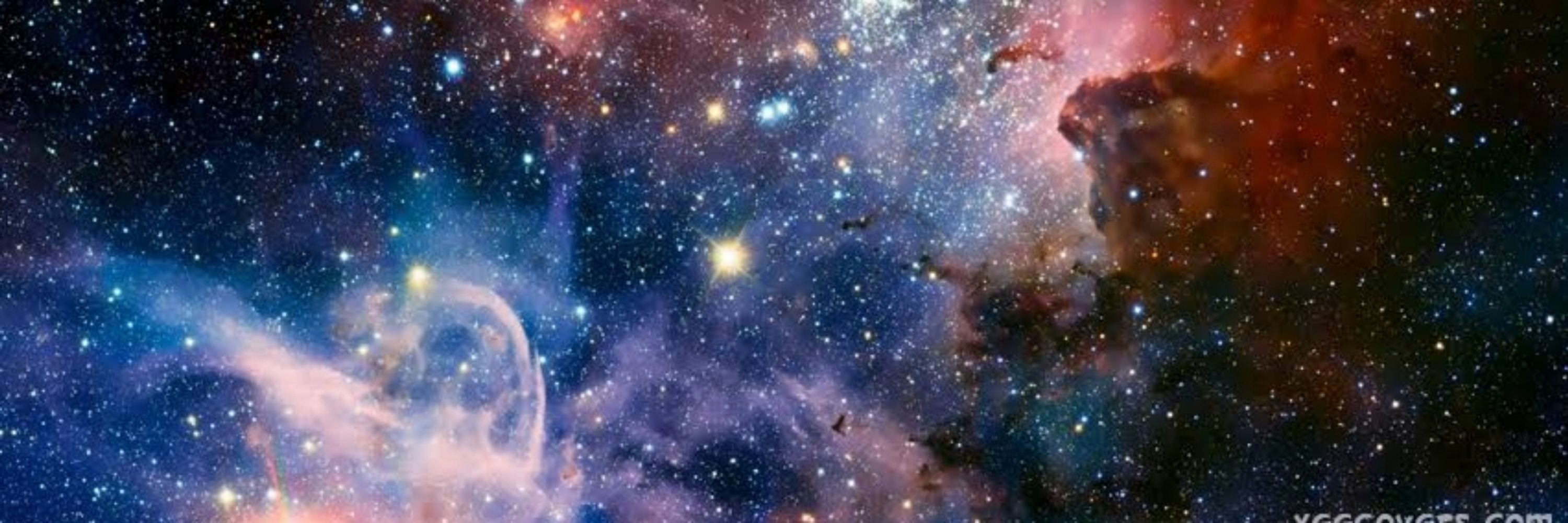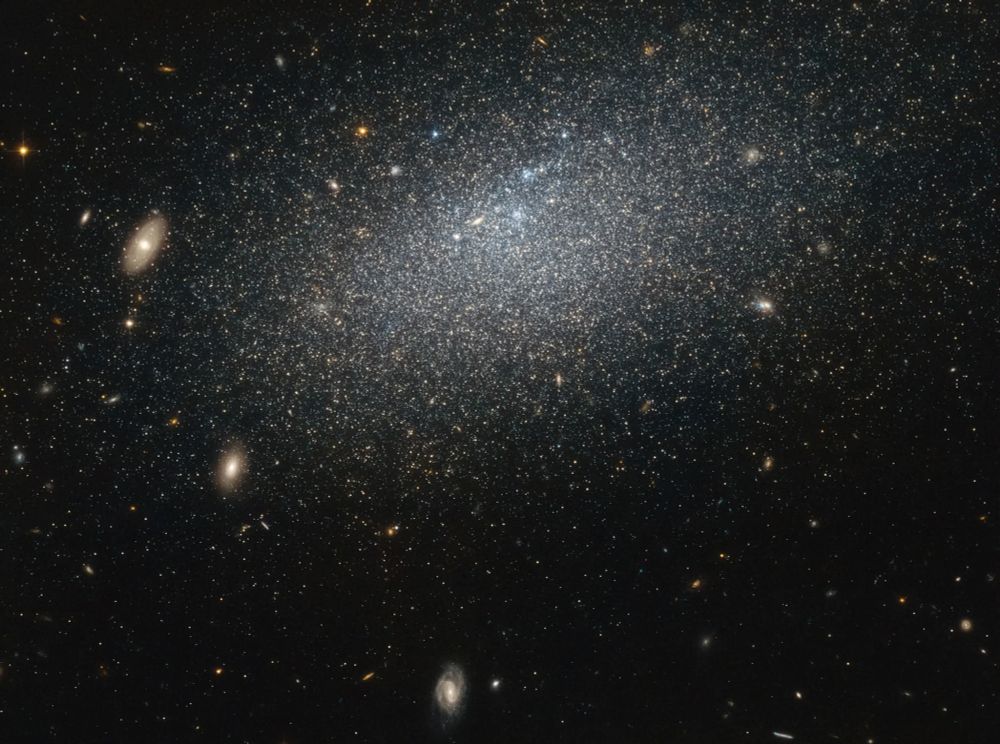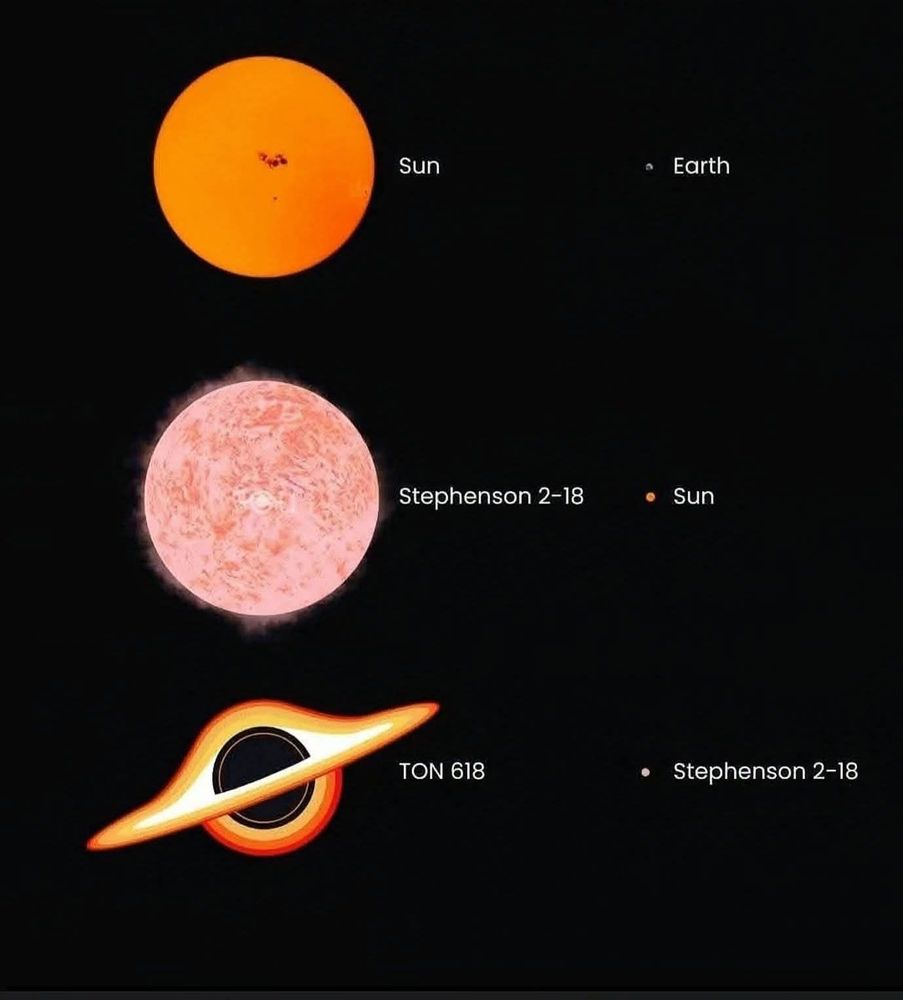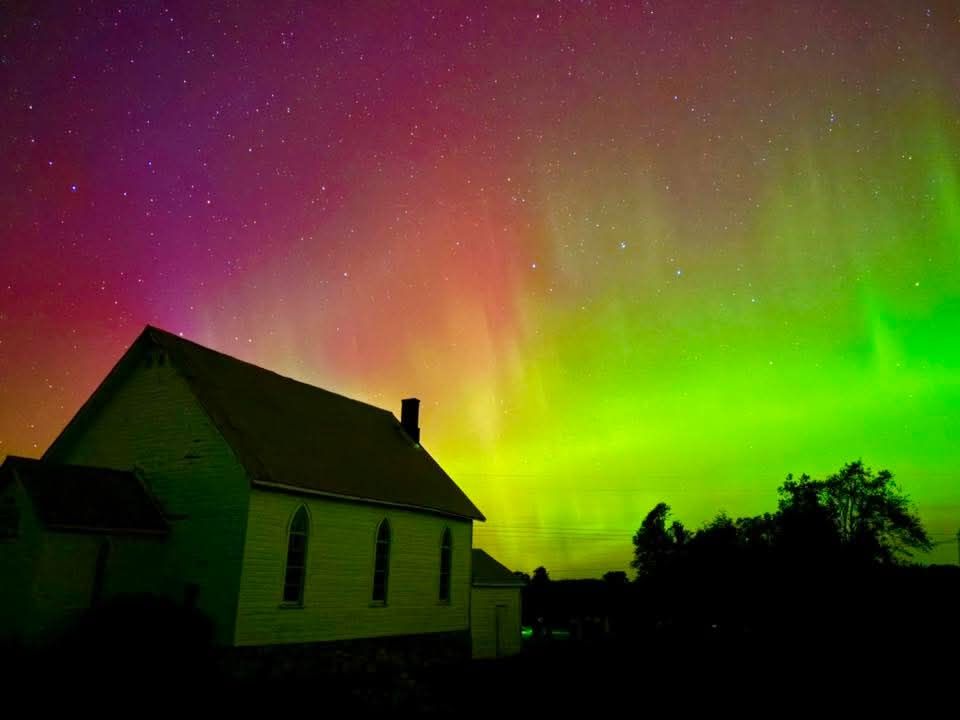
This is one of the strongest solar storms in recent memory! Wow!!!
Astronaut’s view from the ISS of a massive red aurora over North America, glowing ionosphere, detailed planetary horizon, NASA photography




This is one of the strongest solar storms in recent memory! Wow!!!
Astronaut’s view from the ISS of a massive red aurora over North America, glowing ionosphere, detailed planetary horizon, NASA photography
Send along and share your reports HERE! ⬇️

Send along and share your reports HERE! ⬇️
Northern lights tonight will likely not be visible much further south than Kentucky, but tomorrow, northern lights could be visible as far south as Texas and Georgia. Get those camera ready!

Northern lights tonight will likely not be visible much further south than Kentucky, but tomorrow, northern lights could be visible as far south as Texas and Georgia. Get those camera ready!



Classified as an irregular dwarf galaxy, UGC 4879 is a little smaller and messier than its cosmic cousins, lacking the majestic swirl of a spiral or the coherence of an elliptical.
This galaxy is relatively isolated. Its nearest neighbor is about 2.3 million light-years away!
NASA/ESA

Classified as an irregular dwarf galaxy, UGC 4879 is a little smaller and messier than its cosmic cousins, lacking the majestic swirl of a spiral or the coherence of an elliptical.
This galaxy is relatively isolated. Its nearest neighbor is about 2.3 million light-years away!
NASA/ESA
Credit: ESO/Oleg Maliy

Credit: ESO/Oleg Maliy




Constellation: Virgo
Distance: 28 million light years
RA: 12h 39m 59.4s
Dec: −11° 37′ 23″
The Sombrero Galaxy (also known as Messier 104, M104 or NGC 4594) is a peculiar galaxy of unclear classification in the constellation borders of Virgo and Corvus.

Constellation: Virgo
Distance: 28 million light years
RA: 12h 39m 59.4s
Dec: −11° 37′ 23″
The Sombrero Galaxy (also known as Messier 104, M104 or NGC 4594) is a peculiar galaxy of unclear classification in the constellation borders of Virgo and Corvus.

The three bright stars of Orion’s Belt Alnitak, Alnilam, and Mintaka are massive blue supergiants, far larger and hotter than our Sun.

The three bright stars of Orion’s Belt Alnitak, Alnilam, and Mintaka are massive blue supergiants, far larger and hotter than our Sun.
While these have been captured before, never with the details of the sun’s chromosphere, which makes this one the first!

While these have been captured before, never with the details of the sun’s chromosphere, which makes this one the first!







The star cluster Pismis 24 lies within the much larger emission nebula called NGC 6357, located about 8,000 light-years from Earth.
The cluster is seen here above a small portion of the nebula.
Image Credit: NASA, ESA

The star cluster Pismis 24 lies within the much larger emission nebula called NGC 6357, located about 8,000 light-years from Earth.
The cluster is seen here above a small portion of the nebula.
Image Credit: NASA, ESA




Constellation: Hydra
Distance: 48 million light years
RA: 13h 15m 31.1269s
Dec: −23° 59′ 00.958″
NGC 5042 is an intermediate spiral galaxy located in the constellation Hydra.
Credit: ESA/Hubble & NASA, D. Thilker

Constellation: Hydra
Distance: 48 million light years
RA: 13h 15m 31.1269s
Dec: −23° 59′ 00.958″
NGC 5042 is an intermediate spiral galaxy located in the constellation Hydra.
Credit: ESA/Hubble & NASA, D. Thilker
Get ready, space lovers—this year the night sky is going to put on twelve breathtaking shows you won’t want to miss! From glowing moons to dazzling meteor showers, there’s something magical for everyone.

Get ready, space lovers—this year the night sky is going to put on twelve breathtaking shows you won’t want to miss! From glowing moons to dazzling meteor showers, there’s something magical for everyone.

